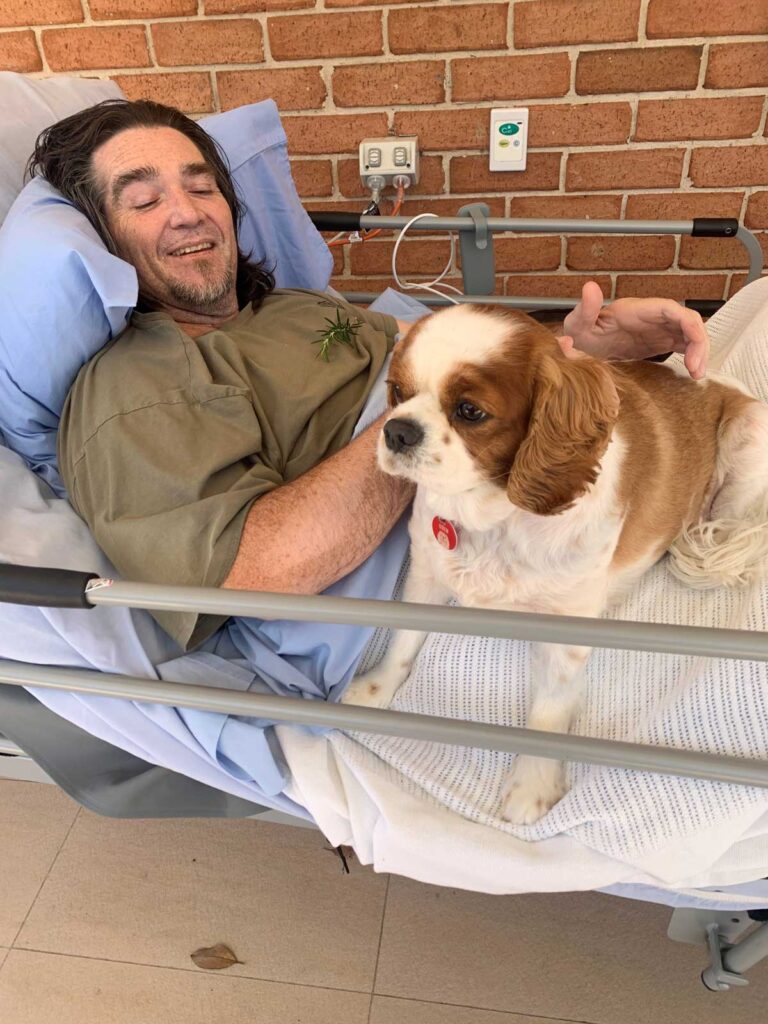Animal assisted therapy involves providing emotional support to people with disability or illness with the help of animals. This kind of therapy along with professional help is based on the fundamental that animals provide non-judgemental emotional support and the opportunity to form bonds with people. A range of animals can be involved such as alpacas, guinea pigs, fish, ferrets, horses, cats, pigs, chickens and sometimes even zoo animals. Though, dogs are the most popular animals preferred for this type of therapy. One can see animal assisted therapy being used in schools, clinics, hospitals and rehabilitation centres and even at home.
How can therapy dogs help people living with SCI?
For people living with disability, therapy dogs can be used to build work-based and motor skills, social interaction and community engagement, and confidence to go about their daily lives. It can reduce stress, provide motivation and a more positive outlook. Several studies conducted across the world have shown that having a therapy dog around can lower blood pressure, reduce anxiety and increase endorphins and oxytocin levels in humans as well as dogs!
Therapy dogs can also develop a person’s sense of self-worth, ability to trust and ability to communicate.
Ferguson Lodge’s newest addition – Odin, a certified therapy dog
Purpose-built accommodation, Ferguson Lodge has welcomed a new furry friend! A cute pure-bred cavalier spaniel named Odin.

To become a certified therapy dog, Odin was enrolled into a Therapy Dog Course. It is a requirement-based course that measures the dog’s temperament, physical health and aggression levels, ensuring each dog is safe to be around vulnerable people.
Odin was brought into Ferguson Lodge by owner and current Care Manager Kirsty Sparkes. At an earlier job at the Community Justice Program, Kirsty used to take her previous dog in on occasion as a mood booster. After her husband’s accident, they decided to get Odin to help with his recovery.
On the daily, Odin roams around Ferguson Lodge grounds interacting with the residents and spending time with anyone who wants to pet him. Kirsty says he loves to accompany her to work and he has his bed in her office where he takes his afternoon naps. He comes along to meetings but also loves roaming the gardens and meeting the residents himself.
Kirsty says therapy dogs like Odin are brilliant for newly entered respite care clients. They are often very nervous, as it can sometimes be a very isolating period. With therapy dogs, there is often no barrier or confrontation, and interacting with animals can be an instant mood booster for anyone. In one instance, a newly discharged client had joined Ferguson Lodge and was nervous about being there. As soon as he was introduced, Odin followed him the whole day and quickly bonded, making the new client feel at ease.
We are really excited for this furry member at Ferguson Lodge and hope that our clients love Odin and his cute cuddles as much as we do!
References
- “The pet connection.” Mind, Mood & Memory 2.8 (August 2006): 5(1). General OneFile. Gale. University of Delaware Library. 23 July 2008
- Creagan, T., Bauer, B., & Thomley, B. (2015). Animal-assisted therapy at Mayo Clinic: The time is now. Complementary Therapies in Clinical Practice, 101-104.
